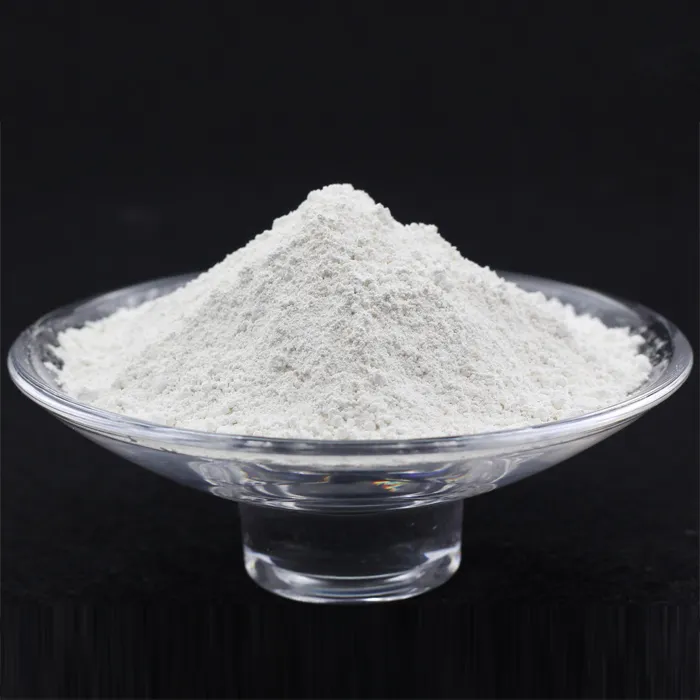Wastewater Treatment Products Essential Solutions for Sustainable Water Management
As the global population continues to increase, the demand for clean water has never been more pressing. Consequentially, effective wastewater treatment has emerged as a crucial aspect of environmental management, aiming to reduce pollutants and recycle water for various uses. Among the many components that contribute to this process, wastewater treatment products play a pivotal role. These products not only aid in the purification of water but also support sustainable practices by enabling the reuse of treated water.
Understanding Wastewater Treatment
Wastewater, which is defined as any water that has been adversely affected in quality by anthropogenic influence, includes discharge from homes, industries, and agricultural runoff. The treatment process typically involves several stages preliminary treatment, primary treatment, secondary treatment, and sometimes tertiary or advanced treatment, depending on the desired quality of the end product.
In preliminary treatment, physical processes such as screening and sedimentation are employed to remove large solids. The primary treatment stage further reduces the content of suspended solids and organic matter. Secondary treatment, often involving biological processes, utilizes microorganisms to decompose organic pollutants. Finally, tertiary treatment may include advanced filtration and nutrient removal to reduce nitrogen and phosphorus levels, ensuring that the water is safe enough to be released back into the environment or reused.
Key Wastewater Treatment Products
Various products facilitate these treatment stages, each designed to target specific contaminants or enhance efficiency
. Some essential wastewater treatment products include1. Coagulants and Flocculants Coagulants, such as aluminum sulfate or ferric chloride, are chemical substances that precipitate suspended particles, allowing them to clump together. Flocculants help further by agglomerating these particles into larger flocs that can be trapped more easily in sedimentation tanks. Together, they improve the effectiveness of primary treatment.
2. Biological Treatment Agents These include bacteria and enzymes that are applied during the secondary treatment phase. Specialized microbial cultures can swiftly break down organic matter, helping to reduce biochemical oxygen demand (BOD) levels in the treated effluent.
waste water treatment products

3. Membrane Filtration Systems Advanced membrane technologies, such as reverse osmosis or ultrafiltration, are utilized in tertiary treatment to remove remaining contaminants at a molecular level. These systems produce high-quality effluent suitable for reuse in agricultural irrigation, industrial processes, or even potable water following rigorous treatment.
4. Disinfection Products To eliminate pathogens and ensure that treated water is safe for release into the environment, disinfection methods are often employed. Chlorination, ultraviolet (UV) irradiation, and ozonation are some of the widely used techniques that can effectively kill harmful microorganisms.
5. Nutrient Removal Solutions Products that facilitate the removal of nitrogen and phosphorus are critical, particularly in regions prone to eutrophication. Enhanced biological phosphorus removal (EBPR) and other technologies help achieve low nutrient levels in effluents.
The Importance of Wastewater Treatment Products
The significance of wastewater treatment products extends beyond the purification of water; they also contribute to environmental protection and sustainability. By treating wastewater effectively, we can significantly reduce the levels of pollutants entering natural water bodies, thereby safeguarding aquatic ecosystems. Furthermore, as water scarcity becomes a global challenge, reusing treated wastewater can mitigate the strain on freshwater sources.
Moreover, the adoption of innovative wastewater treatment technologies promotes energy efficiency and resource recovery. Some advanced systems are designed to generate energy from waste products or even recover valuable materials such as phosphorus, which can be repurposed as fertilizers.
Conclusion
The need for efficient wastewater management solutions continues to grow in response to increasing environmental challenges. Wastewater treatment products are at the forefront of this movement, providing essential tools for achieving cleaner water and sustainable practices. By investing in these solutions, societies can protect natural resources, enhance public health, and pave the way for a more sustainable future. As we move forward, the advancement of wastewater treatment technologies will undoubtedly play a crucial role in our efforts to create a cleaner planet.

